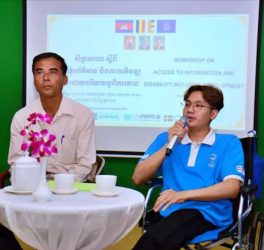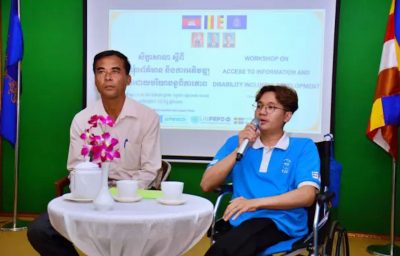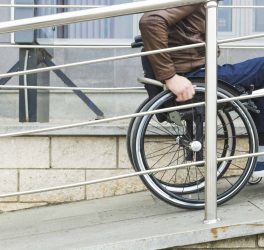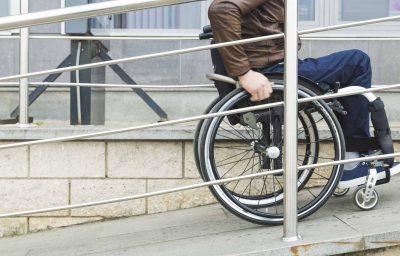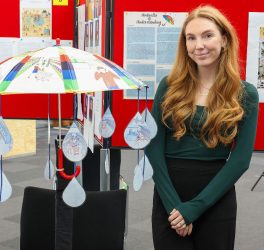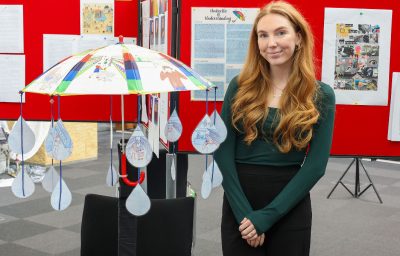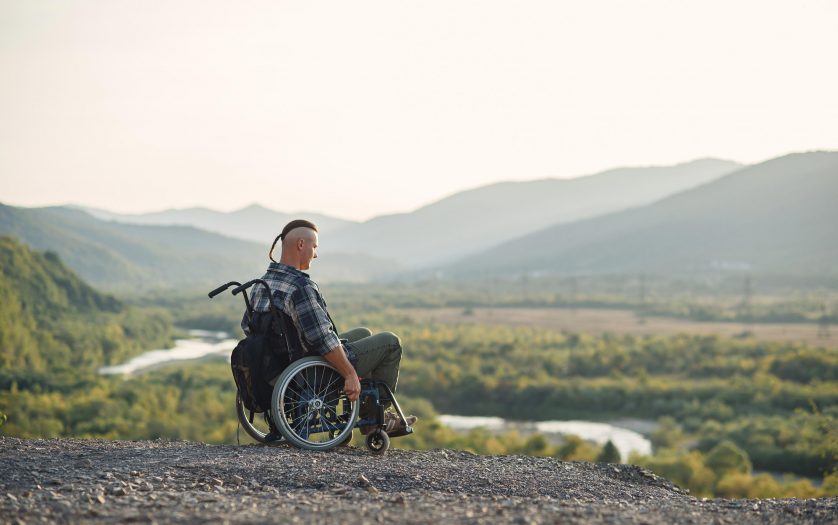
The Minnesota Department of Natural Resources wants more people with disabilities to know about ways to use wildlife management areas (WMAs).
“We want all Minnesotans, including those with disabilities, to be able to access public lands and re-engage and reconnect with nature,” said David Trauba, southern region wildlife manager.
The DNR is publicizing current access opportunities now, during hunting seasons. This February, the agency will make recommendations to the Legislature about accessibility improvements on WMAs. These actions are a result of 2020 Minnesota legislation signed into law by Gov. Tim Walz that requires the DNR to reduce barriers to accessing WMAs and publicize access opportunities.
Minnesota’s system of 1.3 million acres of land in 1,500 WMAs is open to everyone for a variety of outdoor activities. These activities include public hunting and trapping, as well as other uses like fishing, wildlife watching and nature photography.
“We are working closely with the Minnesota Council on Disability and others to identify ways to increase access to the state wildlife lands,” Trauba said. “One of the near-term barriers to accessing WMAs that we are striving to address is lack of awareness about existing opportunities for people with disabilities.”
Motorized access to WMAs WMAs are usually closed to motorized access. But by applying for and gaining a permit, people with mobility disabilities can use “other power-driven mobility devices” (OPDMDs) on WMAs.
OPDMDs include any device powered by batteries, fuel or other engines used for the purpose of locomotion, but that is not a wheelchair. Some examples are all-terrain vehicles, golf carts, or similar vehicles that can be used on the roads and, snowmobiles.
Minnesota statute and the Americans with Disabilities Act allow for this access unless the devices cannot be operated safely, harm resources or conflict with federal laws.
The DNR issued only 22 permits in the last fiscal year for people to use OPDMDs — not a substantial number, considering Minnesota’s population and amount of public land.
“We have the sense that many WMA users who want to use mobility devices might not know they can get started by making a quick call to an area wildlife office and downloading the special use permit application from our website,” Trauba said.
The best way to begin the process is a call to the area wildlife office for the county where the WMA is located.
“Connecting with the area wildlife manager is a critical first step, as their knowledge of the WMA, wildlife and facilities will help users have a more enjoyable, safe and productive experience,” Trauba said.
For more information, go to DNR website.



